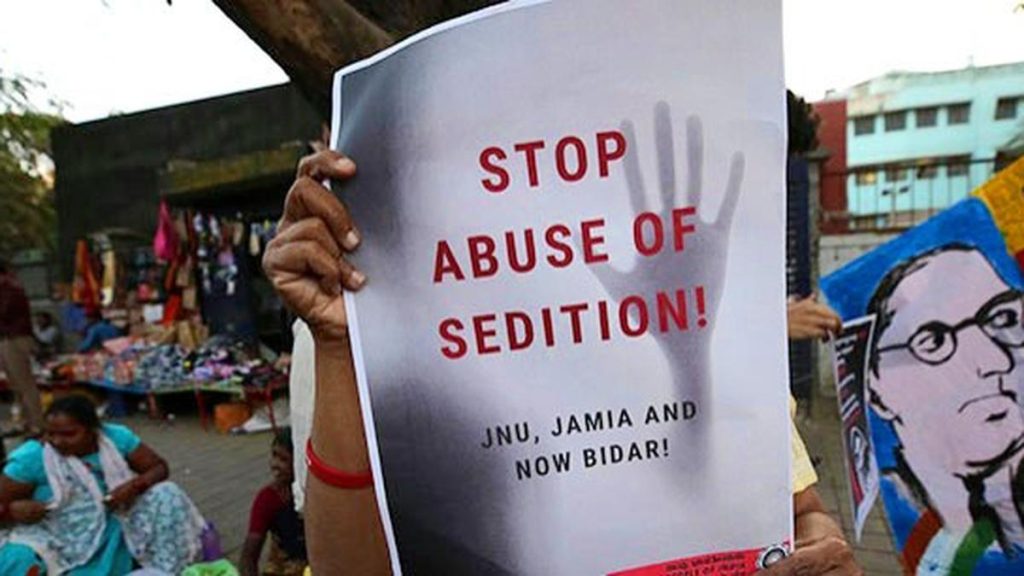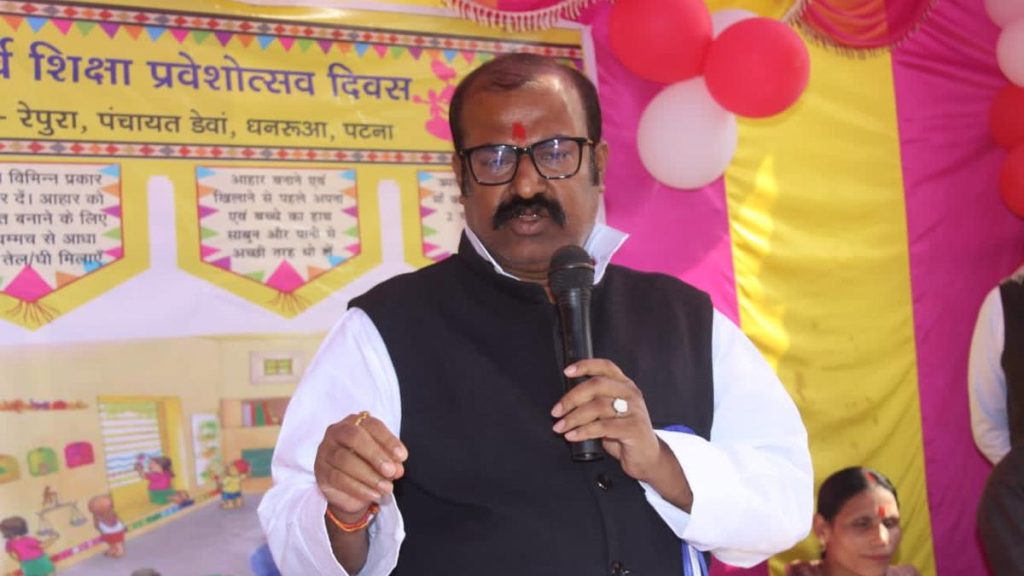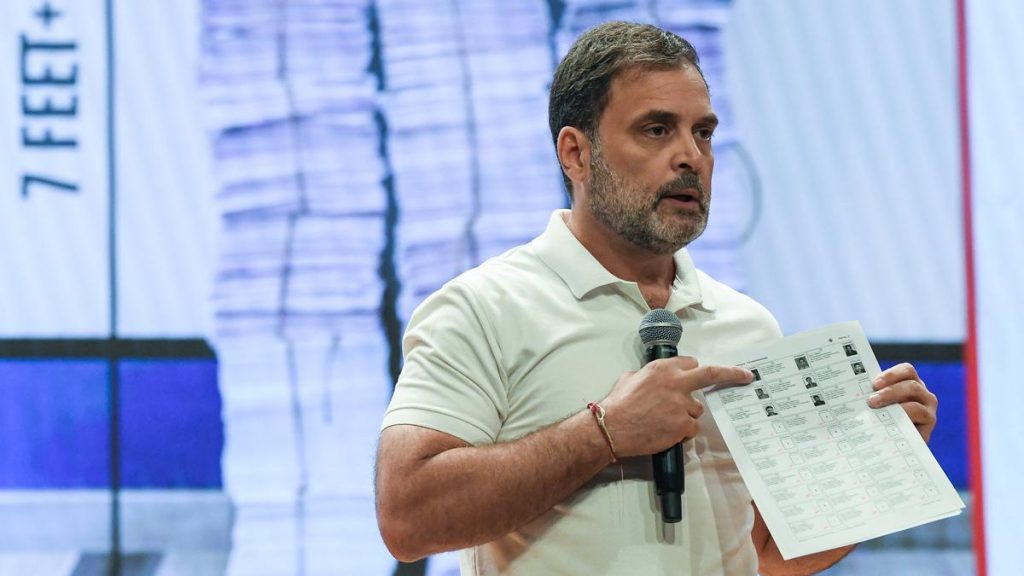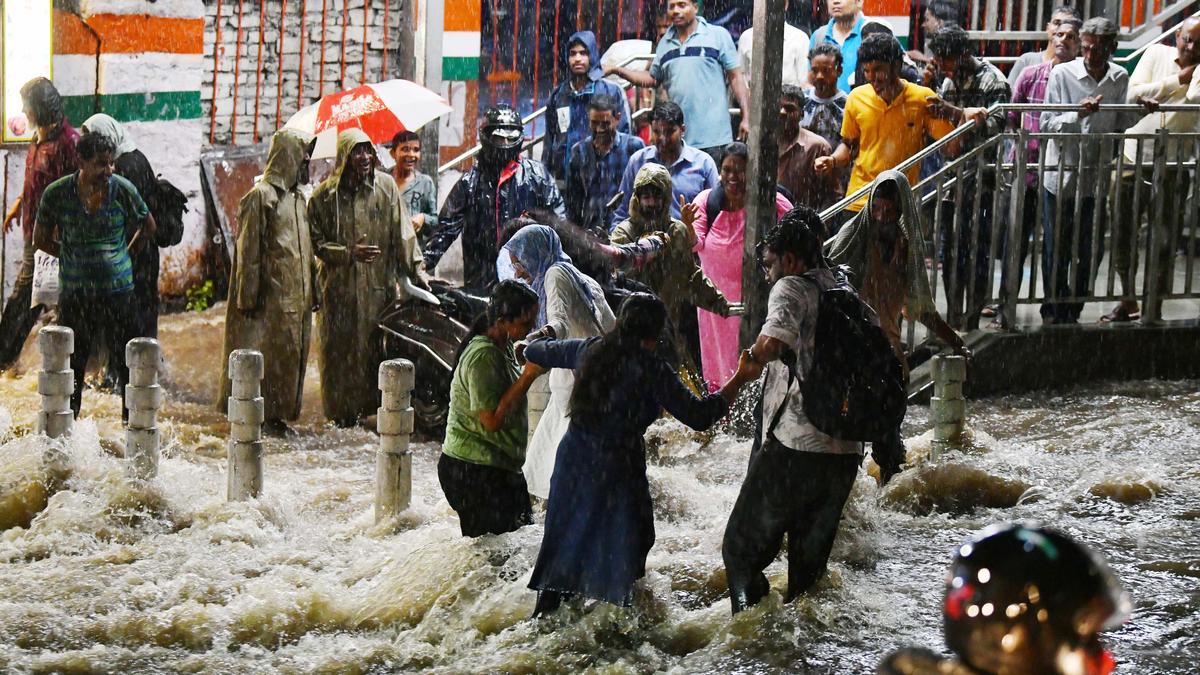Now Reading: Social Media’s Role in Shaping the 2024 Lok Sabha Elections
-
01
Social Media’s Role in Shaping the 2024 Lok Sabha Elections
Social Media’s Role in Shaping the 2024 Lok Sabha Elections
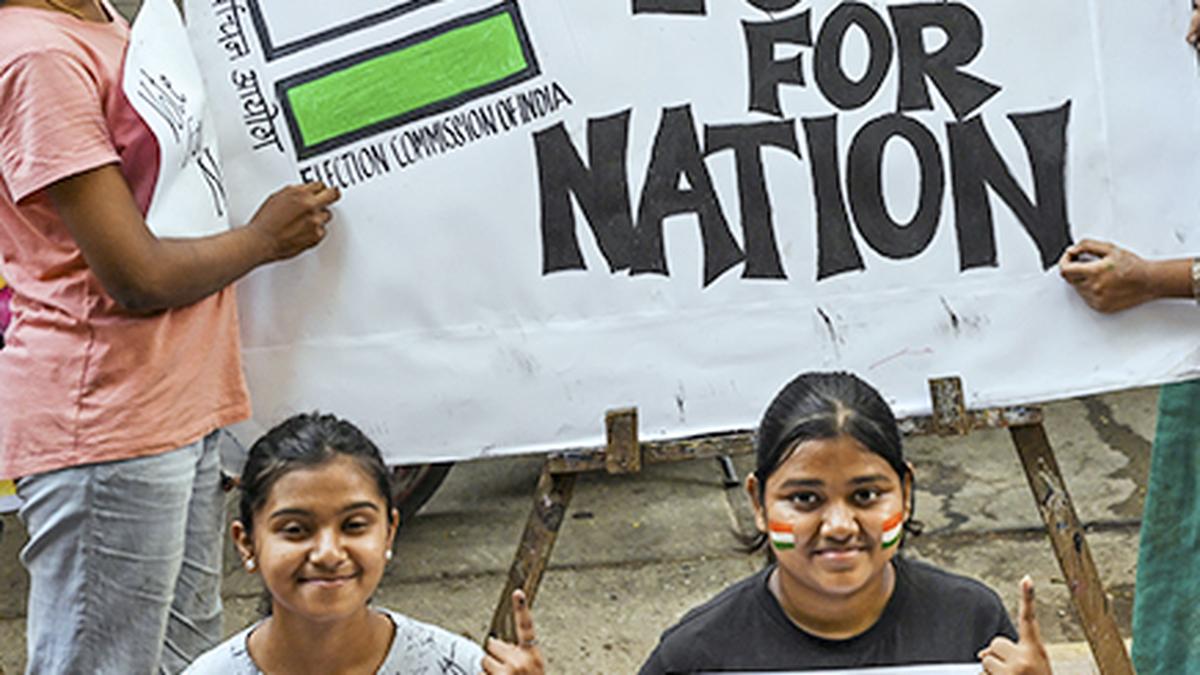
Rapid Summary
- digital Role in Elections: The Lokniti-CSDS study highlights that digital platforms are increasingly complementing traditional voter mobilization methods for 2024 elections.
- campaign Songs analysis:
– BJP songs largely focused on PM Modi, Hindutva themes, nationalism, and governance successes. Religious references were prominent (72% of songs).
– Congress songs emphasized leadership under Gandhi family members and reformist values such as justice and equity. Criticism of the ruling BJP featured in 22% of it’s songs.
- Third-party Advertisers:
– unregulated third-party campaigners spent heavily on Meta ads ranging from ₹0.6M to ₹73M with many using negative tones like misinformation and Islamophobic content.
– Ads portraying divisive narratives had greater reach-46% negative ads garnered over one million impressions compared to neutral or positive ones at lower rates.
- social Media Influencers (SMIs):
– influencers divided into Critical SMIs (CSMIs) critiquing the government and Supportive SMIs (SSMIs) endorsing it. Most posts were organic; paid content constituted only a minority.
Read more: Original source
Indian Opinion Analysis
The Lokniti-CSDS report sheds light on key elements transforming India’s electoral campaigns – digitalization, grassroots methods, political advertising strategies, and social media influence.
Digital campaigning’s expansion balances centralized messaging with decentralized narratives but demonstrates risks like ideological extremism or opaque financing practices among third-party advertisers. While BJP focused more on continuity via achievements-driven messaging paired with religious appeals, Congress’s pluralistic approach highlighted change-oriented themes.
Third-party campaigners raise concerns around accountability due to unregulated spending paired with possibly harmful rhetoric underpinning their high-reach content. Openness reforms in financing mechanisms may mitigate misuse while balancing legally permissible free speech channels for voters’ informed decisions.
Similarly, social media influencers underline evolving power centers shaping electoral debates despite a majority relying organically rather than promotional contents thus key pointing personalized trust dynamics from voters toward indirectly publicial aligned agendas trending activations breaching post-skeptical bridge divides systematically tackling polarised crowd strength systemic imperatives needing robust uplift contextual landscape respectively spanning regional incidents crossing demographic-layer alignments .


